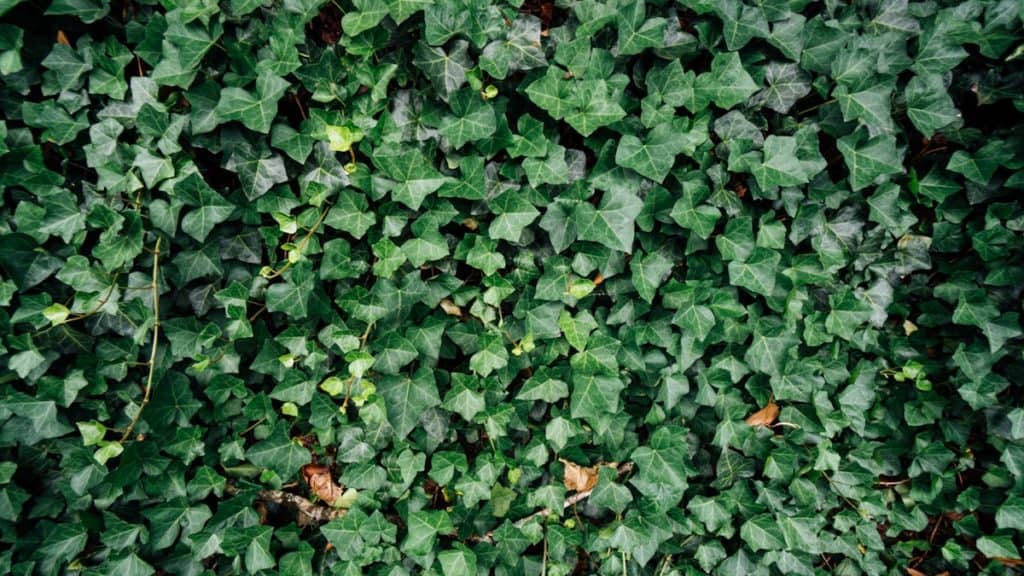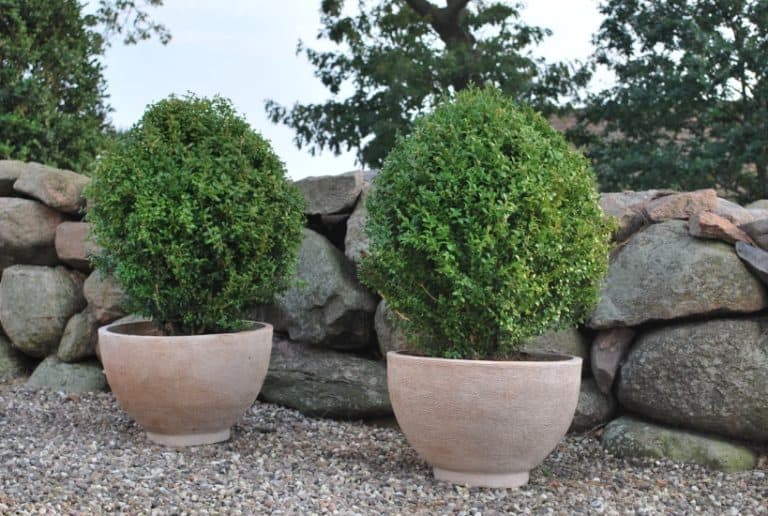A home garden is an aesthetic scenario that experiences a slight change in itself throughout the year. Hedging can be one of the processes that will definitely bring a much better-required change to the garden.
There are some hedging plants and trees which are planted for the growth of flowers and foliage interests as others may be planted for fruits and berries. If these plants are left uncared, they can grow into tall trees. Actually, it is important for these plants to be maintained and managed well in order to grow wonderful hedges. By growing hedging plants, you will add some interesting features to the garden and end u attracting and amusing different kinds of wildlife.
For instance, during the winter months, you can plant your garden hedge plants to generate lots of interest. For example, planting Garrya elliptical, the white or pink Daphne mezereum, wintersweet, and witch hazel plants can make beautiful flowers that have mesmerizing fragrances. This can be made to appear more interesting by growing them along with flowering climbers like honeysuckles, Lonicera standishii, and Lonicera fragrantissima. You can also give a touch of berries with holly, pernettya, pyracantha, aucuba, and skimmia japonica. It is important to keep in mind the required height and spread as you plant your hedge.
Flowering quince
Flowering quince has sharp spines which make it a barrier plant. The six to ten-foot-tall shrub lights an early spring landscape using its scarlet, white, or pink blooms. Some types might rebloom during fall.
Japanese Euonymus
Japanese euonymus is a fast-growing evergreen shrub that reaches ten to fifteen feet tall, but this plant can be sheared back easily in order to create lower hedges. You can create a more landscape look by picking varieties with cream, gold, or white variegated foliage.
Boxwood
Boxwood is the kind of plant that sets a standard for a formal clipped hedge. It has the ability to withstand frequent shaping and shearing into perfect geometric forms that make it an evergreen and popular border plant. It is advisable to allow it to grow tall in order to give a screen or create a maze.
Amur Maple
You can also grow a hardy Amur maple and enjoy its spectacular red colour during the fall. in case you decide to use it as a hedge, then allow the multiple trunks to grow tall, and shear up their limbs occasionally in order to promote branching.
Glossy Abelia
This plant looks beautiful and most butterflies love a trumpet-shaped flower that dangles from the branches of the glossy abelias during the summer. This plant naturally forms an arching mound that grows three to six feet tall. it can be sheared up to create a lower hedge.
All hedges require trimming at least every year, and some even more often. Regular, light pruning is good for the hedge and can be easily carried out when compared to infrequent heavy pruning. A well-maintained hedge gives a better boundary to the garden, but if left unchecked, the hedge can lose its shape and end up casting unwanted shade. Putting a proper pruning schedule will keep the hedges under control without using a lot of effort.
Why do you need to prune your hedge?
- If the hedges are left untrimmed for a long time they will grow upwards and then become “leggy”. It is important to provide proper care more so during the first few years for them to develop into thick and effective hedges
- Many hedging plants and trees will form tall trees if they are left unprimed
- Most hedges must be trimmed into the desired shape before their hedges grow to the desired height. Avoid allowing the plants to grow untrimmed into their final height before shearing them. This is because by that time it will be too late to find maximum branching at the base





